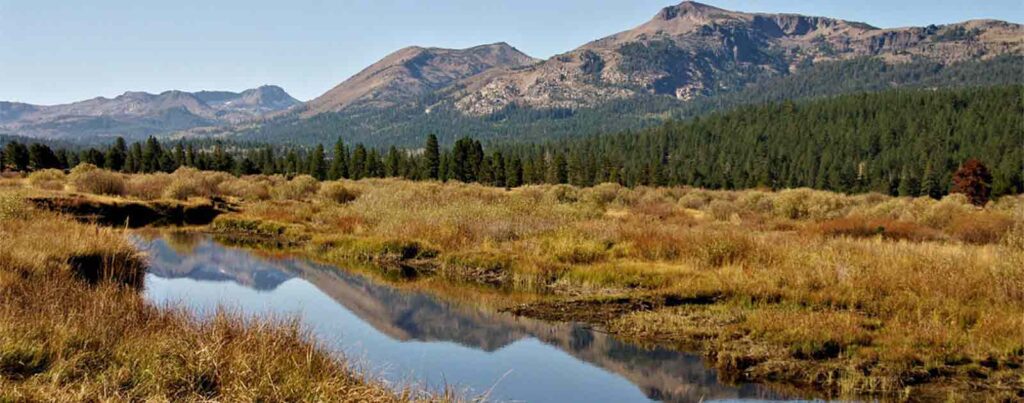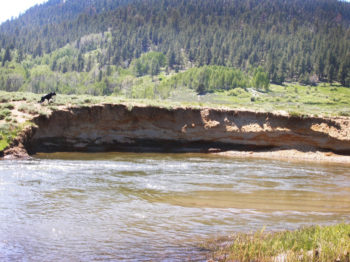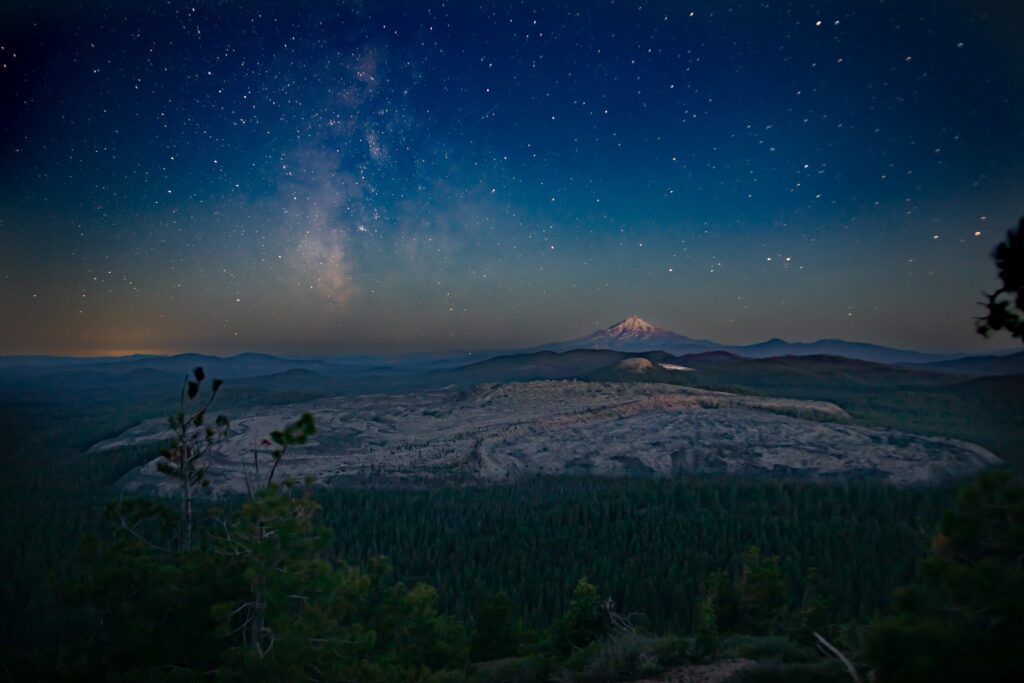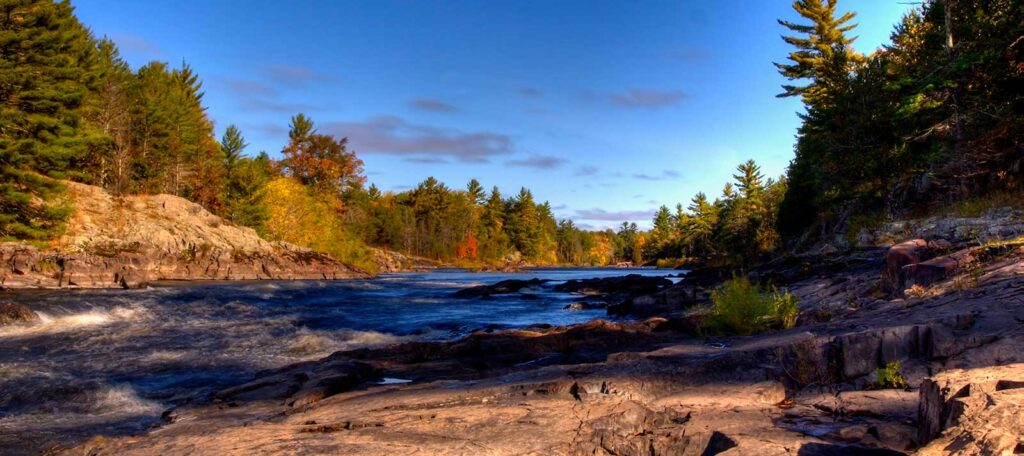Hope Valley Meadow Restoration Project: Phase I
Phase one of the project on the Upper West Fork Carson River stabilized 130 feet of high eroding streambank, providing habitat and water quality benefits.

This fall American Rivers led the first phase of efforts to restore iconic Hope Valley Meadow. This 1600-acre meadow complex is one of the largest and most beloved in the Sierra. Hope Valley is located just south of Lake Tahoe and is a popular recreation destination, as well as an integral ecological component of the West Fork Carson River, home to an important recreational fishery and the drinking water supply for many communities in Western Nevada.
Although strikingly beautiful, historic grazing and other human impacts have created a deeply eroded stream channel throughout much of the meadow. Wet meadow plants that rely on shallow groundwater can no longer thrive at the water’s edge, creating high, bare banks that do not provide cover for fish or birds. Without this anchoring vegetation, these banks erode easily, continuing the cycle of erosion and soil loss, negatively affecting water quality.
To address this problem, American Rivers led an effort to repair these streambanks and help the meadow recover. In October, we completed the first phase of this effort, in which we stabilized 130 feet of especially high, eroding streambank using a structure made of large logs. The structure will limit future erosion and provide habitat complexity for fish.
Repair also included planting willows to help to re-establish vegetative cover that will provide shade and habitat for birds and further stabilize the bank. The remainder of the project, which will stabilize an additional 7000 feet of stream channel primarily using native vegetation, will be completed next summer.
The project is an important milestone for the local community that has been pushing for restoration for over 20 years. It has also been a highly collaborative effort which has surely contributed to its success, with partners including the Humboldt-Toiyabe National Forest, California Department of Fish and Wildlife, Alpine Watershed Group, Friends of Hope Valley, Institute for Bird Populations and Trout Unlimited, and funding from the National Fish and Wildlife Foundation, Sierra Nevada Conservancy, California Wildlife Conservation Board, Wildlife Conservation Society, and Bella Vista Foundation.




